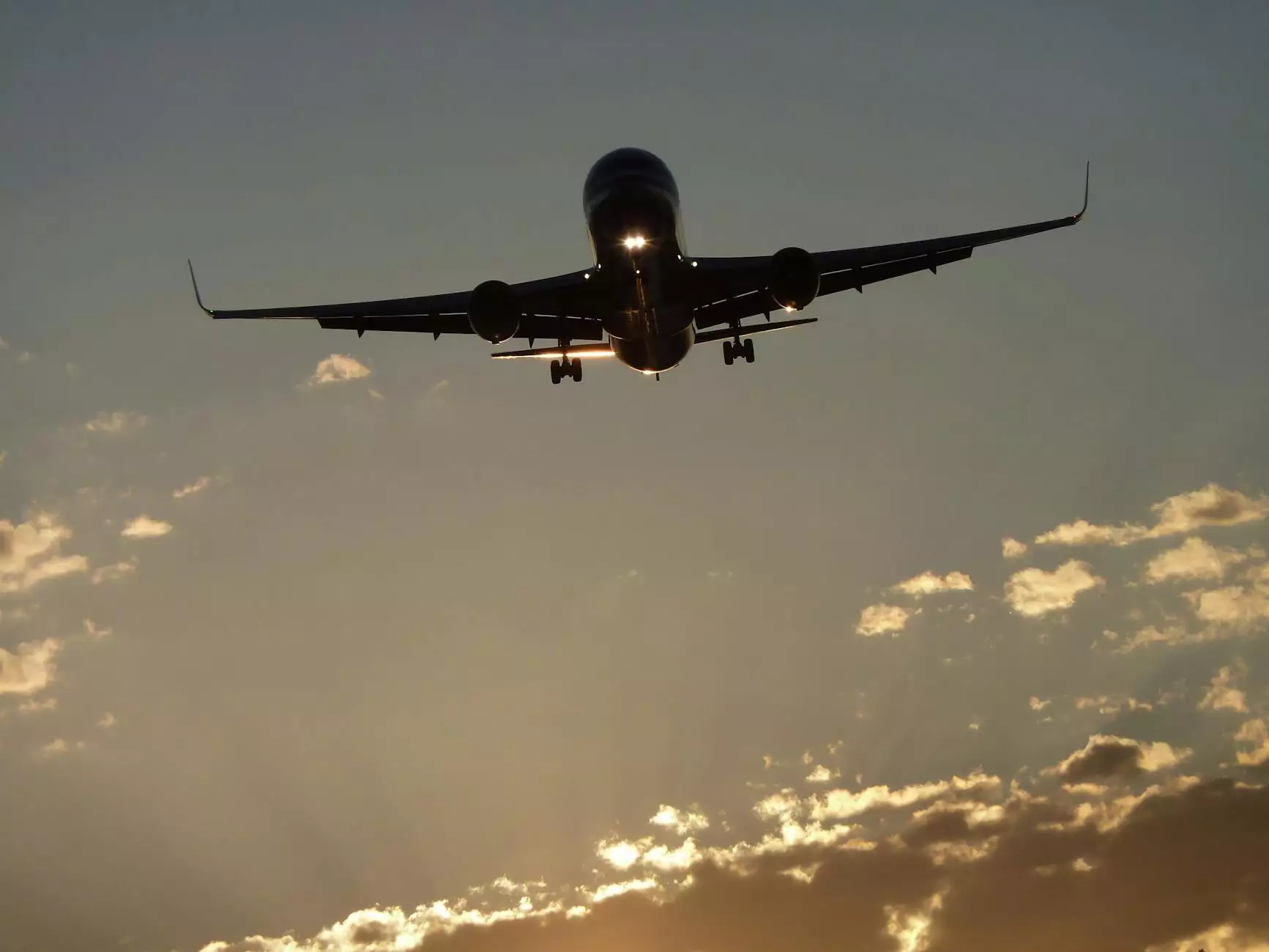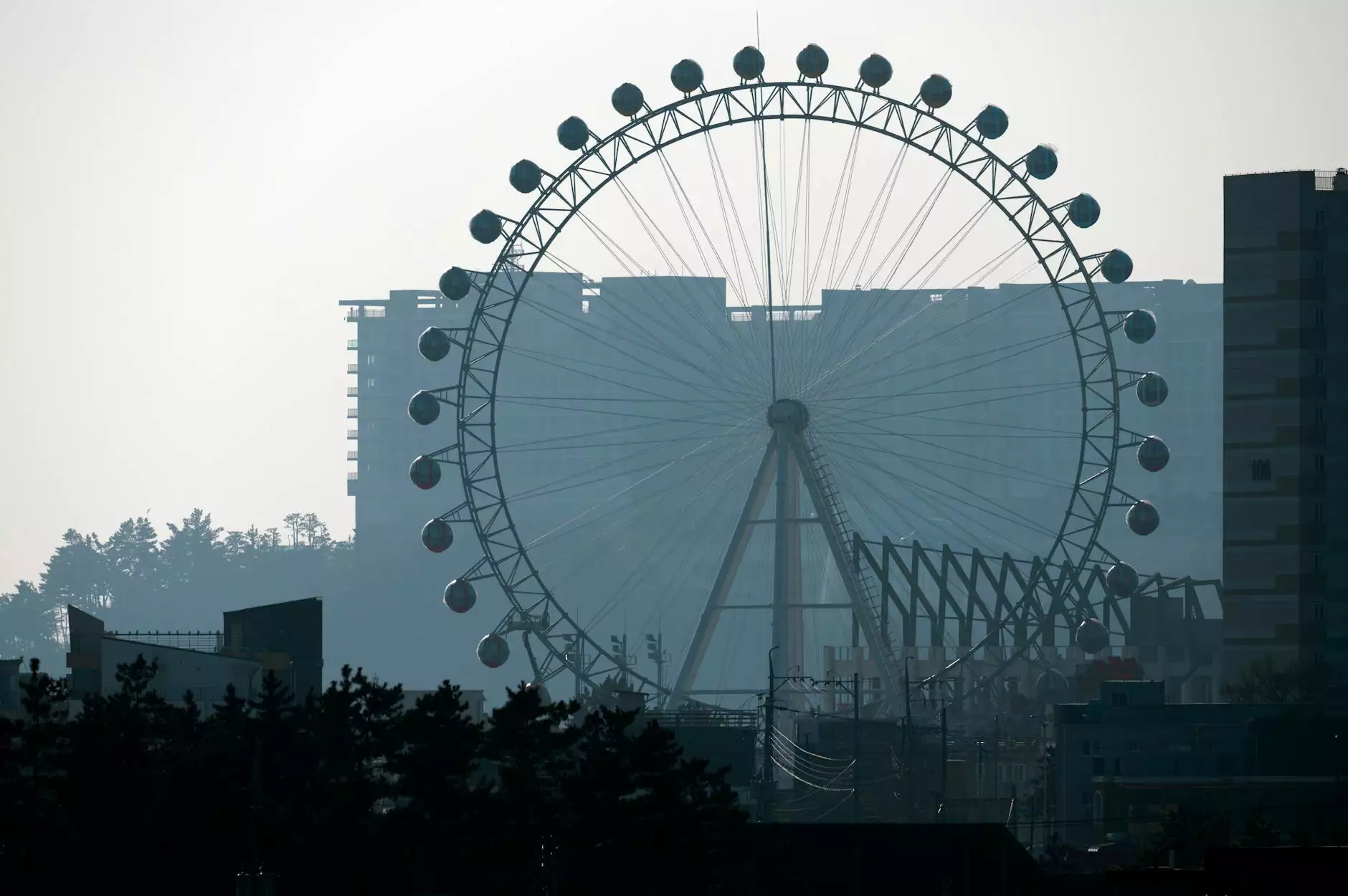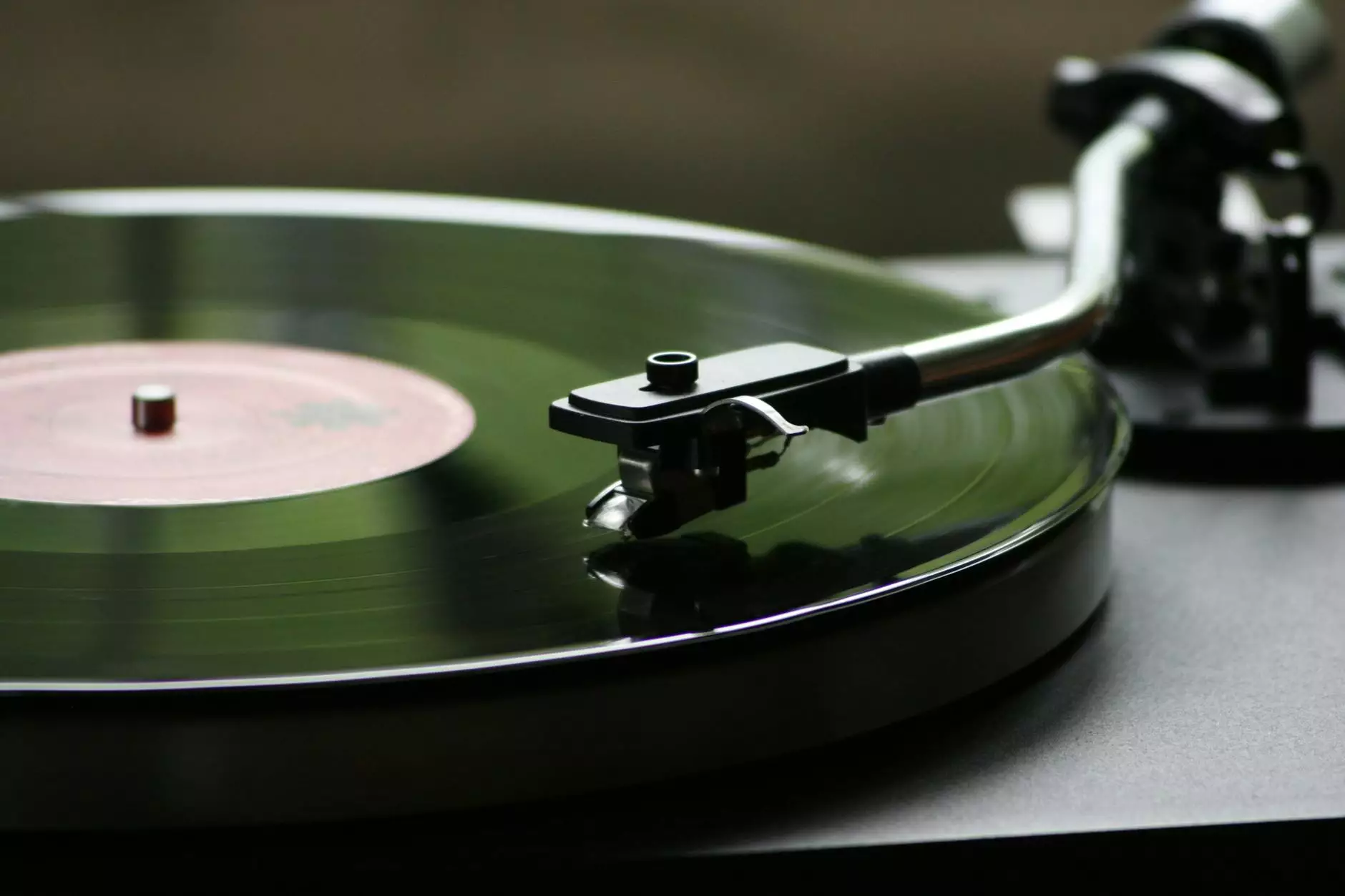Understanding Private Flight Prices: A Complete Guide

The Rise of Private Aviation
The world of travel is evolving rapidly, and private aviation has seen significant growth in recent years. As more people seek exclusive experiences, private flights have become a symbol of luxury and convenience for both business and personal travel. But with this increase in demand comes a question that many prospective passengers ask: what factors influence private flight prices?
Factors Influencing Private Flight Prices
Understanding the costs associated with private flights can be complex. Below are several key factors that contribute to the overall pricing of private air travel:
- Aircraft Type: The size, brand, and model of the aircraft significantly impact the price. Larger jets typically offer more space and amenities but come at a higher cost.
- Flight Distance: Longer flights naturally incur higher costs due to additional fuel consumption, crew requirements, and sometimes overnight fees for the flight crew.
- Flight Route: Popular routes may have varying costs based on airport fees, ground handling, and necessary permits. Certain airports have higher landing fees, affecting your overall expenses.
- Time of Booking: Similar to commercial airlines, booking in advance can lead to more competitive pricing. Last-minute bookings often result in premium rates.
- Seasonality: Prices may fluctuate based on peak seasons, holidays, and special events. Flying during less busy times can result in savings.
- Crew Requirements: Depending on the length of the flight, the necessary number of crew members can alter the total cost. Additionally, meals and accommodations for the crew must be factored in.
- Additional Services: Luxury amenities such as in-flight catering, ground transportation, and high-end concierge services can elevate the experience and, consequently, the price.
Average Private Flight Prices
To provide more context regarding private flight prices, here is an estimated breakdown of costs based on the flight type:
Light Jets
Light jets, such as the Citation Mustang or Embraer Phenom 100, generally range from $2,000 to $3,000 per flight hour. These jets are perfect for short-distance flights accommodating up to 6 passengers.
Midsize Jets
Midsize jets, including options like the Hawker 800XP or Citation XLS, typically cost between $3,000 and $5,000 per flight hour. They offer more spacious cabins and can fly longer distances, accommodating 6–8 passengers comfortably.
Heavy Jets
Heavy jets such as the Gulfstream G550 can charge approximately $5,000 to $8,000 per flight hour. These private aircraft offer the most luxurious experience and are ideal for long-haul flights with the capacity to carry up to 14 passengers.
Finding the Best Private Flight Deals
Searching for the best prices on private flights requires strategic planning. Here are some effective tips for travelers wary of high costs:
- Utilize Private Jet Apps: Apps like JetSuite and Blade can provide real-time pricing and availability, often at a discount.
- Consider Empty Leg Flights: Empty leg flights occur when a jet is traveling without passengers to reposition for a paying customer. These can be up to 75% cheaper than regular charter rates.
- Join a Jet Membership Program: Many companies offer membership programs that provide access to lower rates for frequent travelers in exchange for an annual fee.
- Plan with Flexibility: Being open to different travel dates and times increases the chances of securing lower rates.
- Negotiate: Sometimes, airlines are open to negotiation, especially during off-peak seasons or when chartering multiple flights.
The Economic Impact of Private Aviation
Private aviation isn't just about individual luxury; it plays a significant role in the global economy. Here are some aspects of that impact:
Job Creation
The private flight industry supports thousands of jobs, from pilots and flight attendants to ground crew and maintenance staff. Each aircraft operation creates economic activity that extends well beyond aviation itself.
Business Growth
Access to private flights gives businesses the flexibility to operate in multiple markets without the constraints of commercial airline schedules. This flexibility can lead to increased productivity and business growth.
Tourism Promotion
Private flights facilitate tourism by allowing access to remote or exclusive destinations, promoting local economies, and supporting hospitality businesses.
The Environmental Perspective
Concerns over environmental impact have prompted the private aviation industry to innovate towards sustainability:
- Sustainable Aviation Fuel (SAF): Many operators are investing in SAF, which can significantly reduce carbon footprints compared to conventional jet fuel.
- Electrification: Emerging technologies may lead to the development of electric aircraft, further reducing emissions.
- Carbon Offsetting: Many private jet companies now offer programs that allow passengers to offset their carbon emissions in various ways.
Conclusion: The Future of Private Flight Pricing
As we look toward the future, private flight prices will continue to evolve with new technologies, economic conditions, and environmental considerations. By understanding the factors that influence these prices, travelers can make informed decisions that not only meet their personal or business needs but also contribute to a growing industry that is adapting to modern challenges.
Whether you're traveling for business, leisure, or a special occasion, the key to enjoying private aviation is thorough research and an understanding of pricing dynamics. With this guide, you're equipped with knowledge to navigate the world of private flights and make choices that best suit your needs.
For further inquiries and detailed insights into luxury travel services, visit us at a-sparks.com.









